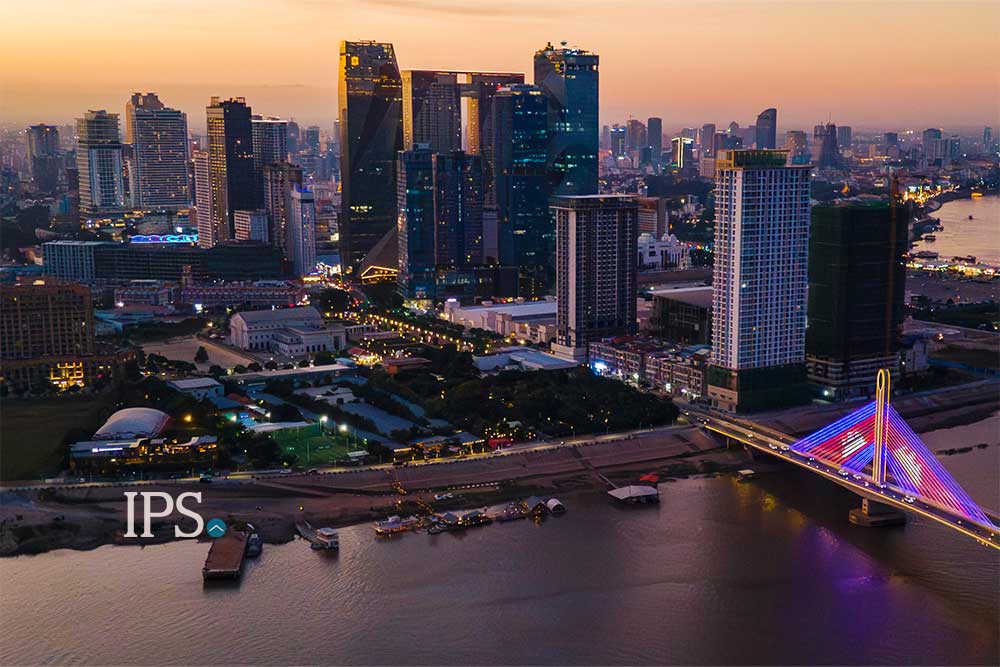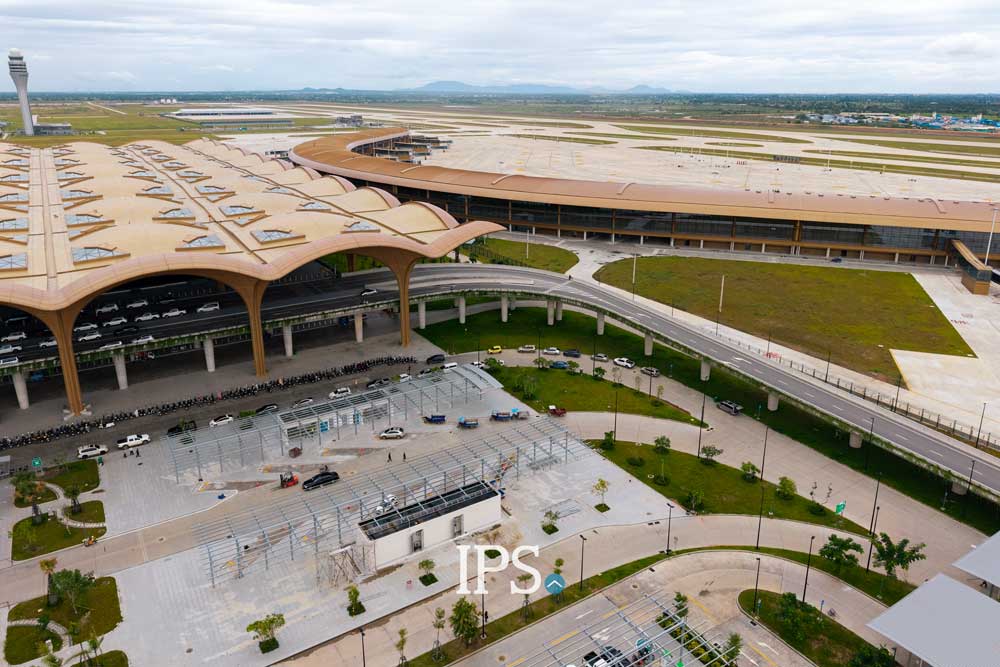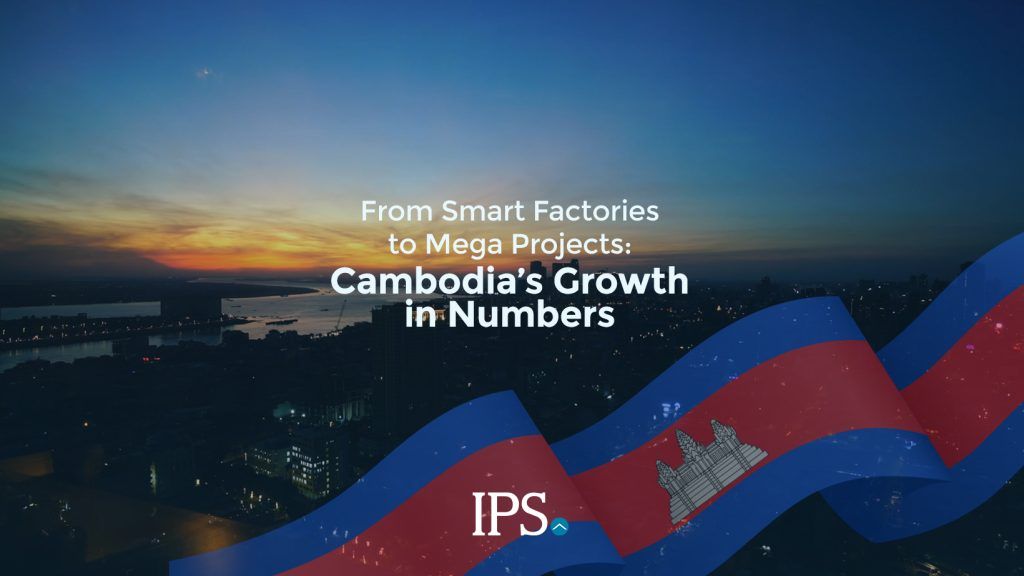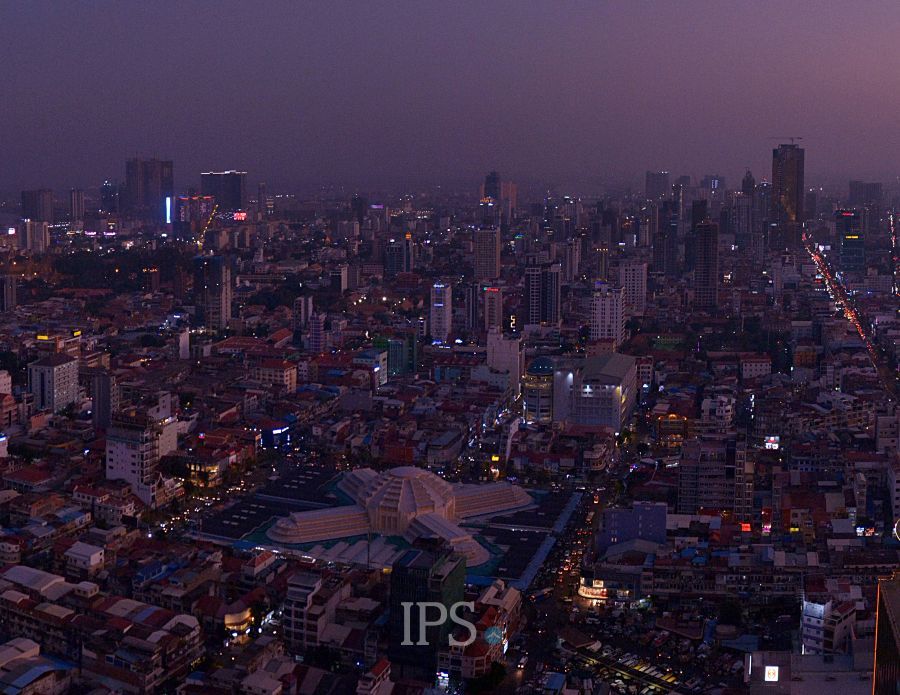Cambodia: Positioned for Southeast Asia’s Fastest-Growing Opportunities
If you haven’t been to Cambodia in the last 20 years, or perhaps never at all, the place you remember is not the country it is today. Cambodia is moving fast. From new infrastructure and rising industries to expanding agriculture and foreign investment, the momentum is undeniable and backed by numbers that demand attention.

Growth Backed by Real Momentum
In 2024, Cambodia approved 414 investment projects worth US$6.9 billion, an increase of around 40% compared to the year before (Open Development Cambodia). The industrial sector drew the lion’s share with US$4.8 billion across 394 projects. Agriculture and agro-industry added over US$121 million, while tourism accounted for US$738 million in four large-scale projects.
Nominal GDP stood at US$45.8 billion in 2024 and is projected to reach nearly US$49.8 billion in 2025. GDP per capita is expected to climb to US$2,794, while inflation is forecast at a modest 2.7% with a population of 17.8 million.
These numbers illustrate a country not just growing, but steadily positioning itself as one of Southeast Asia’s most dynamic economies.
Building the Backbone: Infrastructure and Connectivity
Cambodia is investing heavily in the foundations that fuel long-term growth. The Techo International Airport, which opened in September 2025, gives Phnom Penh a new global gateway with an initial capacity of 13 million passengers annually and the ability to scale up to 50 million in the future.
Another transformative project, the Funan Techo Canal, estimated at US$1.7 billion, will connect Phnom Penh to deep-sea ports in Kep and Sihanoukville. Once completed, it is expected to significantly reduce logistics costs and create new trade corridors across the region.

Industry, Exports, and Regional Trade
Manufacturing remains Cambodia’s economic engine, but it is diversifying fast. Beyond garments and footwear, which still lead, the country is seeing rapid growth in electrical equipment, automotive parts, and agriculture-based exports.
Exports reached US$26 billion in 2024, up nearly 17% from the year before. Trade with RCEP member states alone amounted to US$34.5 billion, reflecting Cambodia’s integration into the world’s largest free trade agreement. China contributed the majority of foreign investment, around US$3.43 billion, with Vietnam and domestic investors also playing significant roles.
Agriculture and Natural Resources
Agriculture continues to provide global appeal. Cambodia ranks among the top five countries in cashew cultivation area and the top three in production. Beyond cashews, the country is globally recognized for its GI-certified Kampot pepper, award-winning rice, and abundant mangoes. As this sector modernizes, opportunities are emerging in processing, branding, and export value chains.
Challenges to Navigate
Cambodia’s reliance on garment exports makes it vulnerable to external trade policies. Ongoing talks with the United States over tariffs highlight this sensitivity. Ambitious infrastructure projects such as the Funan Techo Canal require significant capital and face funding uncertainties. At the same time, balancing rapid development with environmental sustainability remains a critical task.
IPS Cambodia Perspective
We see this growth every day, whether walking sites with developers, securing tenants for new commercial spaces, or consulting with foreign investors. Cambodia is not without challenges, but the opportunities far outweigh the risks when approached with the right strategy.
One of the greatest challenges is perception. For many who have not visited in decades, Cambodia is still seen through an outdated lens. The reality is very different: Cambodia today is building smart factories, expanding renewable energy, and modernizing agriculture and infrastructure. This was captured recently by the Council for the Development of Cambodia (CDC), with support from Australia’s CAPRED program, in a national investment video. We are proud to share that video here, now with an IPS voiceover and fresh visuals that reflect the opportunities we see on the ground every day.
IPS Cambodia continues to bridge global investors with local opportunities. We help identify projects, navigate regulations, and connect with trusted partners, turning vision into results.
Looking Ahead
Cambodia is no longer only a low-cost destination. It is a country building airports, special economic zones, and smart factories while exporting cashews, rice, and pepper to the world. Positioned at the heart of ASEAN and connected through the world’s largest free trade agreements, Cambodia is stepping firmly into its future.
The question is no longer if Cambodia will grow, but how you will be part of that growth.
• Introduction to Cambodia
» Introduction to Phnom Penh
» Introduction to Siem Reap
» Monarchy & Government
• Tourism & Residency
» Thriving Tourism Industry
» Visas in Cambodia
• Healthcare & Education
» Healthcare in Cambodia
» Education in Cambodia
» International Schools in Cambodia
• Technology
» The Rise of Technology in Cambodia
• Why invest in property in Cambodia?
• Why Invest in Condominiums?
» Condo Ownership Journey in Cambodia
• Why Phnom Penh is SEA’s New Real Estate Hotspot
• Cambodian Property Tax Guide
» Navigating Rental Property Taxes in Cambodia
• Can Foreigners Own Land in Cambodia?
• Understanding Cambodian Property Titles
» Strata Title: Background, Benefits, Legal Value
• Understanding Perpetual Leases in Cambodia
• The IPS Cambodia Advantage
» Why Choose IPS?


